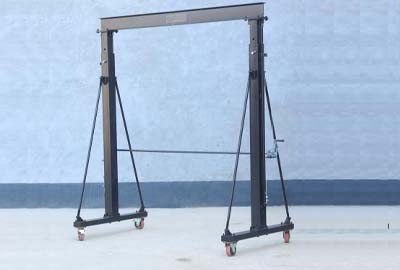Exploring the Latest Advancements and Applications in Heavy Machinery Rollers for Construction Projects
The Role of Heavy Machinery Rollers in Modern Construction
In the realm of construction and civil engineering, the use of heavy machinery has become imperative to ensure efficiency, safety, and precision. Among the various types of equipment employed, rollers hold a crucial position. These heavy machinery pieces are essential for road construction, infrastructure development, and land preparation. This article delves into the significance, types, and operational benefits of heavy machinery rollers.
Heavy machinery rollers, often referred to simply as rollers, are heavy-duty equipment used to compact soil, asphalt, and concrete. Their primary function is to improve the stability and durability of surfaces, consequently enhancing the safety and longevity of roads and other constructed areas. Compaction is a critical process in construction, as it reduces air voids within the material, increases load-bearing capacity, and minimizes settlement issues in the future.
There are several types of rollers, each designed to serve specific purposes within various project contexts. The most common types include static rollers, vibratory rollers, and pneumatic rollers. Static rollers rely on their weight to compact materials and are often used for soil compaction. Vibratory rollers, equipped with a mechanism that creates vibrations, are highly effective for asphalt compaction, providing a denser and smoother finish. Pneumatic rollers, which use rubber tires to compact materials, are typically employed for achieving a specific texture and finish on asphalt surfaces.
The versatility of heavy machinery rollers makes them indispensable in modern construction projects. For instance, in road construction, rollers are crucial for preparing the ground before laying asphalt or concrete. They also play a significant role in constructing foundations, ensuring that the soil beneath a structure is adequately compacted to support the weight of the building. This compaction helps to prevent future problems such as settling, cracking, or other structural failures.
heavy machinery rollers

Moreover, heavy machinery rollers contribute to environmental sustainability in construction practices. Efficient compaction techniques reduce the amount of material needed, minimizing waste. Properly compacted soil and asphalt also lead to smoother road surfaces, which can enhance fuel efficiency for vehicles, ultimately reducing emissions. As the construction industry pivots towards more sustainable practices, the role of rollers becomes even more significant in facilitating eco-friendly construction methods.
Operationally, using heavy machinery rollers enhances productivity on job sites. The ability to quickly and efficiently compact large areas means that construction projects can progress more rapidly, reducing downtime. Furthermore, modern rollers are often equipped with advanced technology, such as intelligent compaction systems. These technologies provide real-time feedback on the compaction process, allowing operators to make adjustments on-the-fly, ensuring that the desired density is achieved while avoiding over-compaction, which can lead to material damage.
Safety is another essential aspect when it comes to the use of heavy machinery rollers. The proper compaction of materials reduces the likelihood of unexpected surface failures, which can pose serious risks to workers and the public. Additionally, focusing on operator safety through training and adhering to safety regulations ensures that the use of rollers contributes positively to the overall safety culture on construction sites.
In summary, heavy machinery rollers play a pivotal role in modern construction. Their capacity to compact materials efficiently not only enhances stability and durability but also promotes environmental sustainability and safety in construction practices. As advancements in technology continue to shape the industry, the importance of rollers will undoubtedly increase, making them a cornerstone of successful construction methodology. Whether laying the groundwork for roads, bridges, or buildings, rollers are essential tools that help engineers and contractors realize their projects' goals.
-
The Ultimate Guide to Heavy Machinery Moving EquipmentNewsAug.04,2025
-
The Evolution of Large Equipment MoversNewsAug.04,2025
-
Maximizing Efficiency with PML Magnetic Lifters in Industrial OperationsNewsAug.04,2025
-
Choosing the Best Small Gantry CraneNewsAug.04,2025
-
Innovations in Permanent Lifting Magnet TechnologyNewsAug.04,2025
-
How to Maintain Your Adjustable Gantry Crane for LongevityNewsAug.04,2025
-
PML 6 Lifting Magnet Troubleshooting GuideNewsJul.25,2025
